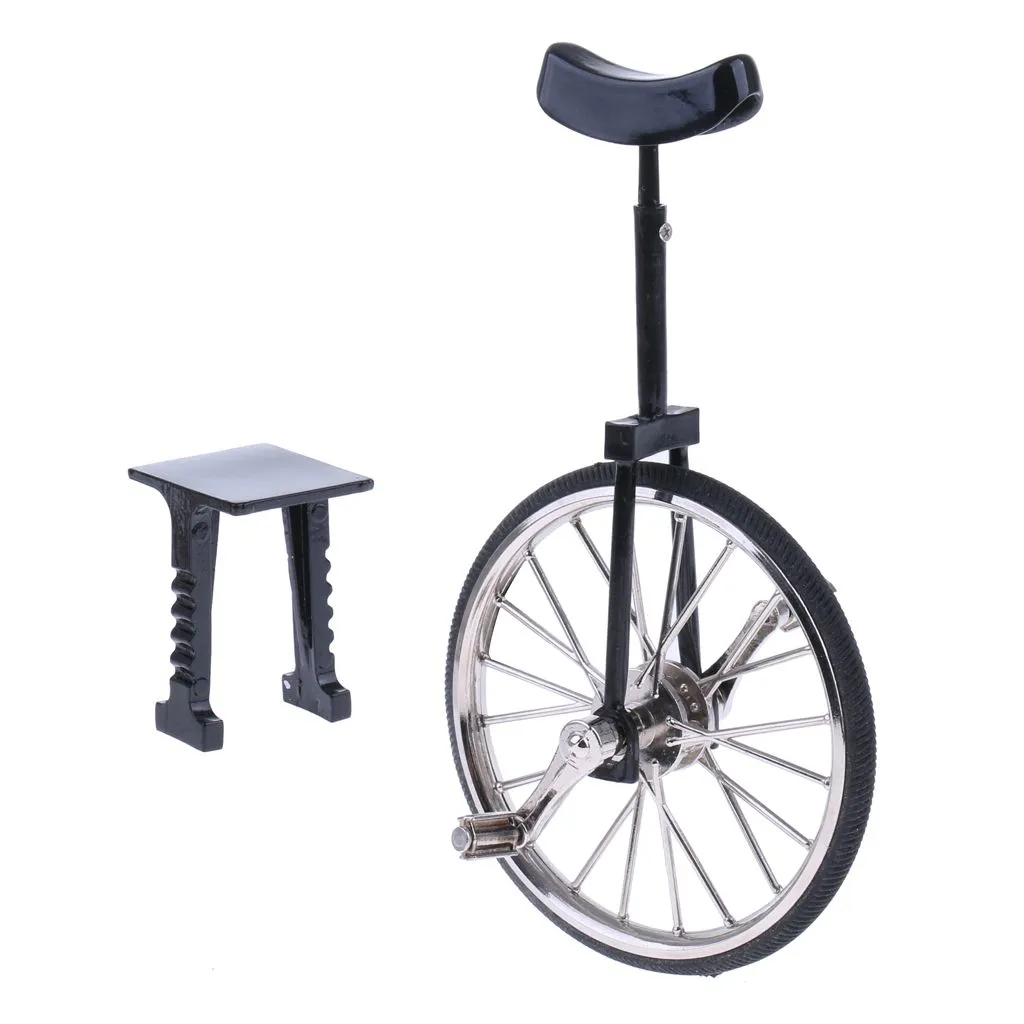What is a Diecast Cycle
A diecast cycle is a miniature replica of a motorcycle, scooter, or bicycle, meticulously crafted using the die-casting process. This involves pouring molten metal, typically zinc alloy, into molds to create highly detailed models. These cycles are not mere toys; they are collectible items that appeal to enthusiasts of all ages. The level of detail and realism varies, with some models replicating specific historical or contemporary cycles with stunning accuracy. The appeal lies in their intricate designs, the variety of models available, and the connection they offer to the world of motorcycles and cycling. Starting a diecast cycle collection can be a rewarding hobby, offering a blend of history, design appreciation, and the joy of collecting.
Understanding Diecast Cycle Models
Diecast cycle models come in various scales, with the most common being 1:12, 1:18, and 1:24. The scale refers to the ratio between the model’s size and the size of the actual cycle. For example, a 1:12 scale model is twelve times smaller than the real-life motorcycle. Different scales cater to different preferences and collecting goals. Some collectors prefer larger scales for their enhanced detail and visual impact, while others opt for smaller scales to accommodate larger collections within limited space. Understanding these scales is crucial when starting your collection, as it affects the size, price, and display options for your models. Beyond scale, the details incorporated in diecast cycles also vary. From realistic paint jobs and decals to functional features like working suspension and steering, the quality can differ greatly.
The Appeal of Diecast Cycles
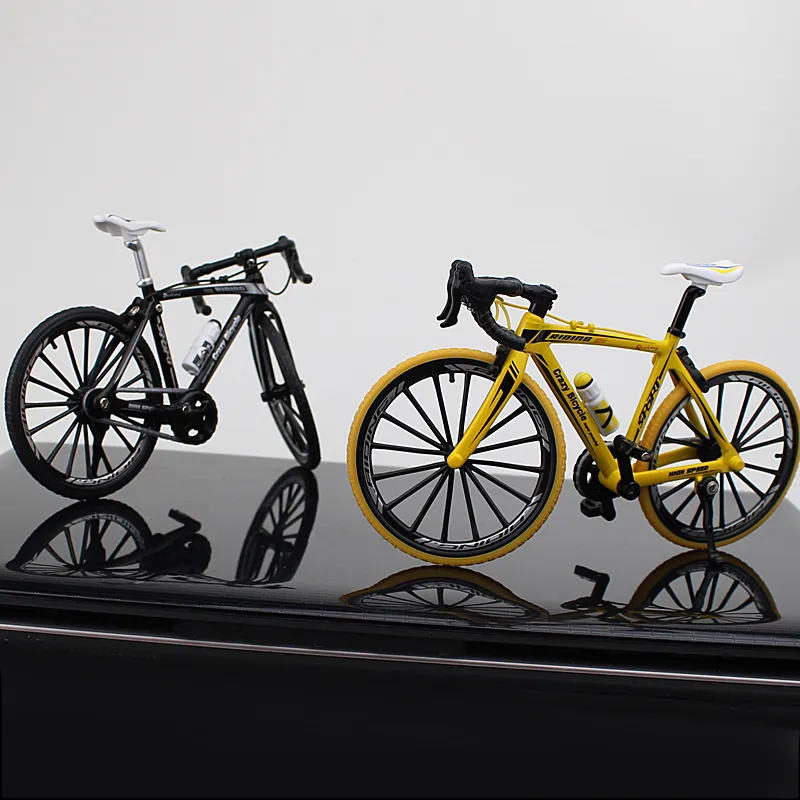
The appeal of diecast cycles is multifaceted, drawing enthusiasts for a variety of reasons. For many, it’s a nostalgic connection to the motorcycles they admire or have ridden. The intricate details and realistic designs of these models allow collectors to appreciate the engineering and aesthetics of these machines. Diecast cycles also represent a tangible link to history and popular culture, as they often replicate iconic motorcycles from different eras and famous racing teams. The hobby can also be an educational experience, offering insights into the evolution of motorcycle design, engineering, and the stories behind the legendary brands. Moreover, collecting diecast cycles can be a social activity, connecting enthusiasts through online forums, clubs, and shows, fostering a shared passion for these miniature masterpieces.
Choosing Your First Diecast Cycle
The first step in starting your diecast cycle collection is choosing your first model. Consider what attracts you most about motorcycles and cycling. Do you have a favorite brand, model, or era? Starting with a model that resonates personally with you will enhance your enjoyment of the hobby. It is often recommended to start with a model from a brand or a specific cycle that you are familiar with and have an interest in. Research is also key; learn about different manufacturers and their reputations for quality and detail. Pay attention to the scale of the model. As mentioned earlier, it will impact the size and cost of the model. 1:12 and 1:18 scales are popular choices for detail and display, while smaller scales can be more space-efficient for large collections. Begin by purchasing a single, well-made model that excites you. This approach helps you to get familiar with the hobby without becoming overwhelmed.
Factors to Consider When Buying
When buying diecast cycles, several factors influence your choice. Authenticity and detail are key. Look for models with realistic paint jobs, accurate decals, and finely crafted components. Some models even include functional features like working suspension and steering, adding to their realism. The brand reputation plays an important role; some manufacturers are known for their superior quality and attention to detail, while others focus on affordability. Consider the scale of the model in relation to your collecting goals and available space. The price varies greatly depending on the model’s size, detail, rarity, and the brand. Set a budget before you start buying. This will help to manage your spending and avoid overpaying for models. Condition also is a major factor, whether you are buying new or used models. Check for any damage, such as scratches, missing parts, or paint imperfections.
Scale and Size

Scale is a fundamental consideration when purchasing diecast cycles. The most common scales are 1:12, 1:18, and 1:24, although other scales exist. The scale determines the relative size of the model compared to the actual motorcycle. The size of the model will influence your display options. If space is limited, smaller scales might be preferred. Additionally, different scales often have different levels of detail, with larger scales generally allowing for more intricate designs and features. Consider which scale aligns with your display preferences and available space. Some collectors specialize in a specific scale, building a cohesive collection within a defined size range. The scale choice impacts the price as well; larger models typically cost more than smaller ones due to the increased materials and manufacturing complexity. Always verify the scale before purchasing, as it is a core element in building your collection.
Material and Build Quality
The material and build quality of a diecast cycle are crucial factors determining its value and durability. Die-cast metal is the primary material, providing weight and a realistic feel to the model. However, the quality of the metal alloy and the precision of the casting process vary between manufacturers. Look for models with smooth finishes, well-defined details, and accurate proportions. Besides die-cast metal, the materials used for other components such as plastic, rubber, and chrome also affect the model’s overall quality. Examine the model for any imperfections in the paint job, such as runs, bubbles, or unevenness. Check the assembly for loose parts or misaligned components. A well-built model will have a sturdy construction and all parts fitted correctly. Higher-quality models often include features like working suspension, steerable handlebars, and realistic tires. The build quality ensures that your models will last, making them a worthwhile investment for any collector.
Where to Buy Diecast Cycles
You can find diecast cycles through various channels, both online and in brick-and-mortar stores. Exploring different options allows you to compare prices, find a variety of models, and choose the best shopping experience for your preferences. Understanding the different avenues for buying your diecast models gives you a great advantage in creating your collection. Each source offers unique benefits and potential challenges, so you can make informed choices.
Online Marketplaces
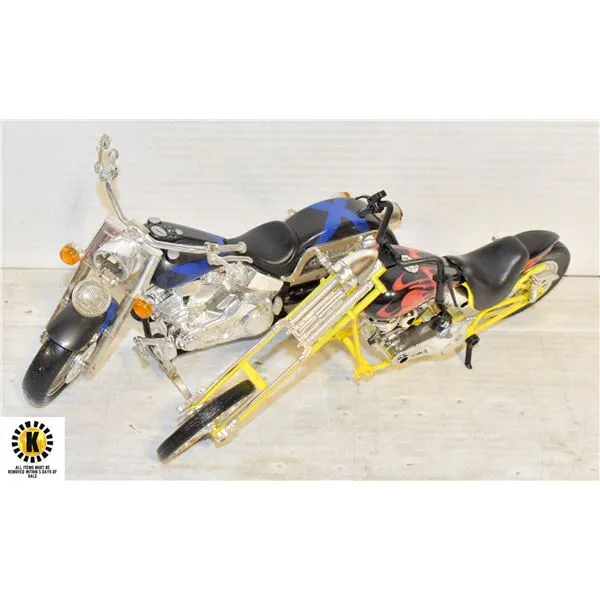
Online marketplaces offer a vast selection of diecast cycles from multiple sellers. Platforms like eBay, Amazon, and dedicated online shops provide access to a wide range of models. Online marketplaces are great for comparing prices, browsing a variety of brands, and even finding rare or hard-to-find items. However, be cautious, always check the seller’s ratings and read customer reviews to ensure you’re dealing with a reputable seller. Carefully review product descriptions and pictures, and don’t hesitate to ask the seller questions about the model’s condition. The prices can fluctuate depending on the demand and the seller, so do your research. Look for models that are well-priced and in good condition. Keep an eye out for shipping costs. Make sure that you factor them into the total cost.
Specialty Shops and Retailers
Specialty shops and retailers provide a more curated shopping experience for diecast cycles. These shops often offer expert advice, allowing you to interact with people who understand the hobby. Local hobby shops are a good starting point. They have a selection of models and may have access to special editions or older models. Retailers may also host events, which is a great way to connect with fellow collectors. Shopping in a specialty shop provides a chance to inspect the models in person. The models are displayed and you can carefully examine the details. The prices are typically competitive, but they may vary depending on the shop. It is also important to consider the customer service provided by the retailer. Establish a good relationship with the shop staff, and let them help you in the process of starting your collection. Specialty shops offer a more personalized experience compared to online marketplaces.
Building Your Diecast Cycle Collection
Building a diecast cycle collection involves more than just acquiring models; it’s about curating a collection that reflects your interests and passions. A well-planned collection often becomes more valuable over time, both in terms of monetary worth and sentimental value. This is a great hobby, and having a focused plan to your collection will ensure a sense of personal enjoyment, rather than a bunch of randomly-bought cycles. Here’s how to start your collection with a long-term plan.
Setting a Budget
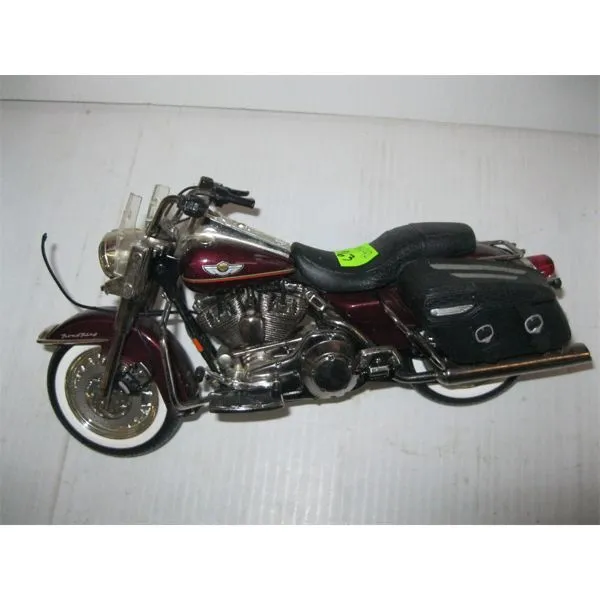
Setting a budget is a crucial initial step in building any collection. Determine how much you can comfortably spend on diecast cycles without affecting your other financial responsibilities. Decide how much you want to spend each month or year on your collection, and stick to your budget. This is to prevent you from overspending, and to help you make informed decisions about your purchases. Price varies from low-cost to high-end models. Consider the prices and set a spending limit for each model. It is also important to plan for potential additional costs such as shipping, display cases, and maintenance supplies. Keeping track of your spending is a good idea. You can do this through spreadsheets, dedicated collection management apps, or simply by maintaining a notebook. Regularly review your budget, and adjust it as needed to reflect changes in your financial situation or collecting priorities. A well-defined budget helps you collect within your means and ensures that your hobby remains enjoyable without straining your finances.
Choosing a Theme or Focus
To enhance your collecting experience, choose a theme or focus for your collection. This could be a specific brand, model, era, or type of cycle. Specializing helps to give your collection a cohesive identity and can make it more interesting and valuable. Consider what you are most passionate about. If you love Harley-Davidsons, focus on collecting Harley models from different years and styles. This personal connection will make your collection more meaningful. Research different themes and focus on what appeals to you the most. You could focus on racing cycles, vintage scooters, or even modern electric motorcycles. Sticking to a specific theme can make it easier to find models, and can make your collection more manageable. A focused collection is more attractive to other collectors. This can increase the value over time. As your collection grows, you can refine your focus to include more specialized sub-themes. This could be different models, specific manufacturers, or a specific period in history.
Collecting Different Brands and Models
Once you have set your budget and chosen a theme, start acquiring different diecast cycle models. Research reputable brands known for quality and detail, such as Maisto, Minichamps, and Tamiya. These brands offer a wide range of models. Explore various models that match your chosen theme. Seek out classic motorcycles, iconic racing bikes, or modern designs, depending on your preferences. Don’t be afraid to branch out and consider models from other brands to diversify your collection. Compare the models from different brands and choose the ones that fit your theme and meet your standards for quality. Pay attention to the scale, condition, and detail of the models. Consider rarity, as some models are more valuable than others due to limited production runs or historical significance. Building a diverse collection requires patience, so regularly browse online marketplaces, specialty shops, and attend shows to find new models.
Displaying and Caring for Your Collection

Displaying and caring for your diecast cycle collection is essential for preserving your models and showcasing them effectively. A proper display enhances their visual appeal and protects them from dust, damage, and UV exposure. Regular care and maintenance will ensure that your models maintain their condition. A well-cared for collection provides more enjoyment and potentially increases its long-term value. Start by exploring all options to protect and preserve the models.
Display Cases and Shelving
Choosing display cases or shelving units is a primary consideration. Display cases offer excellent protection against dust and physical damage. They are available in various sizes and styles, with options ranging from individual model cases to large, multi-tiered display cabinets. Shelving units provide a more open display. Use them with glass doors, to provide protection while allowing for easy access. Consider the lighting. Built-in lighting such as LED strips, can enhance the visual appeal of your collection. Make sure that you don’t overexpose the models to direct sunlight. The sunlight can cause colors to fade. Arrange your models in a way that is visually appealing and organizes them according to your theme or preference. Experiment with different layouts. Change the displays from time to time to keep your collection interesting.
Cleaning and Maintenance
Regular cleaning and maintenance are essential to preserve the condition of your diecast cycles. Dust your models regularly, using a soft brush or a microfiber cloth to prevent dust buildup. Avoid using harsh chemicals or abrasive cleaners, as they can damage the paint and details. If your models have moving parts, lubricate them periodically with a small amount of silicone-based lubricant to ensure smooth operation. Inspect your models for any signs of wear and tear. If you spot any damage, address it promptly to prevent it from worsening. Consider storing your collection in a climate-controlled environment to protect them from temperature and humidity fluctuations. By following these cleaning and maintenance practices, you can maintain your models’ condition and enjoy your collection for many years.
Joining the Diecast Cycle Community
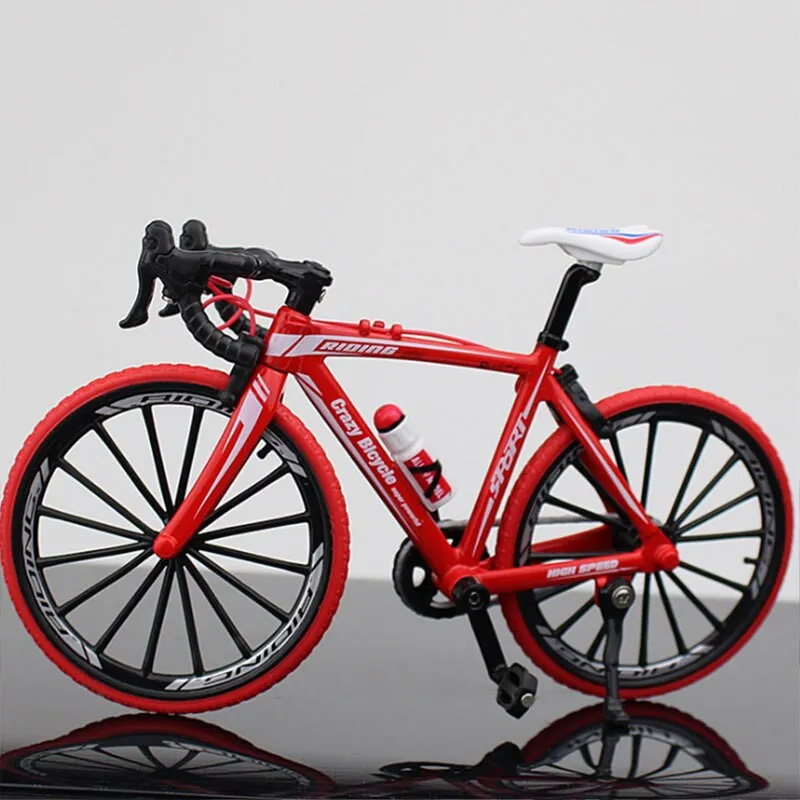
Joining the diecast cycle community is an excellent way to enhance your collecting experience. You can connect with fellow enthusiasts. These communities offer a shared passion and a wealth of knowledge. They also allow you to share your collection, learn from others, and stay up-to-date with the latest trends in the hobby. You can find community through online forums, in-person events, and more.
Online Forums and Communities
Online forums and communities provide a platform to connect with collectors from around the world. Participate in discussions, share your collection photos, and ask for advice. Many forums have dedicated sections for different scales, brands, and themes. This lets you connect with others who share similar interests. Some communities host virtual meetups, where you can show off your models and learn about the latest releases. These forums offer a wealth of information. You will find product reviews, model guides, and buying tips. Online communities are a valuable resource. The ability to tap into the collective knowledge of experienced collectors can help you improve your collection.
Diecast Cycle Shows and Events
Diecast cycle shows and events offer an opportunity to see collections in person. These events are a great way to meet fellow collectors, trade models, and buy new additions to your collection. These events range from small local gatherings to large international shows. At the shows, you can find rare models, limited editions, and other items. Participate in model contests and auctions. It can be a great way to showcase your collection and find new models. Diecast shows provide an opportunity to learn about the latest trends, new releases, and other news within the hobby. Attending shows creates a sense of community. You will find the events to be an exciting and rewarding experience. Attending these events can provide inspiration.
Starting a diecast cycle collection can be a fun and fulfilling hobby. By understanding the basics, setting a budget, choosing a theme, and finding the right places to buy your models, you can build a collection that you’ll be proud of. Remember to display your cycles properly and join the collecting community. As your collection grows, you will find that this hobby offers a rewarding journey. Enjoy the process of discovering new models and sharing your passion with other enthusiasts. Happy collecting!
